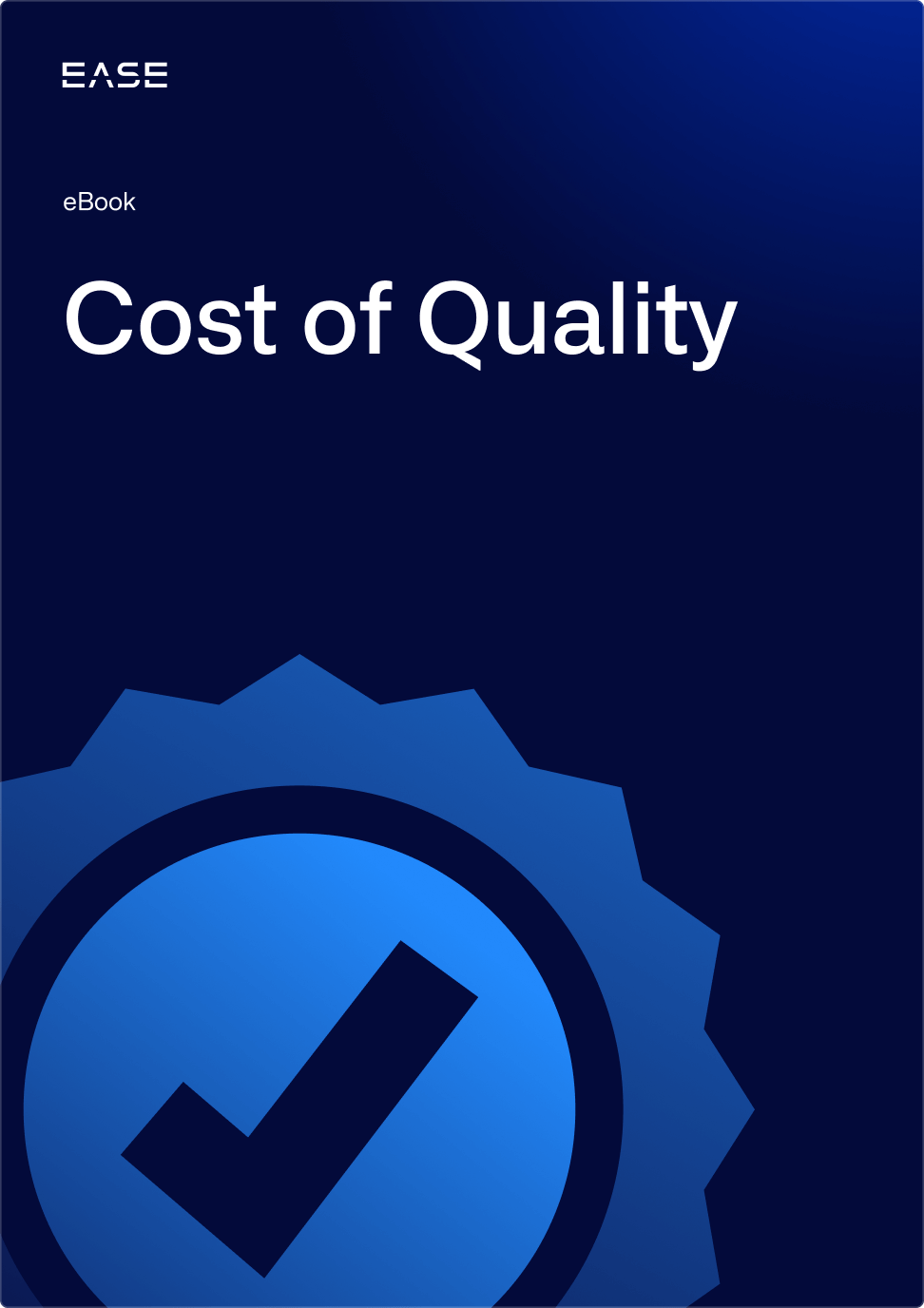Corrective Action vs. Preventive Action: Knowing When to Use Them


What’s the difference between corrective and preventive action? It’s a frequent debate in quality circles, often prompted by confusion over what to expect in an ISO certification audit.
More than just a compliance issue, however, understanding the difference can help manufacturers incorporate risk-based thinking into their processes, opening up new avenues for reducing defects and costs.
To help automotive and aerospace organizations make the distinction, we break down common definitions, examples and how to make corrective and preventive actions sustainable.
Defining Correction, Corrective Action and Preventive Action
Before looking at examples, it’s helpful to have a set of common definitions. A good starting point is ISO 9001, the basis of standards like IATF 16949 for automotive quality management systems and AS9100 for aerospace quality management systems. ISO 9000:2015 defines these terms as follows:
- Correction: Action to eliminate a detected nonconformity
- Corrective action: Action to eliminate the cause of a nonconformity and to prevent recurrence
- Preventive action: Action to eliminate the cause of a potential nonconformity or other potential undesirable situation
In short, preventive action prevents occurrence and corrective action prevents recurrence, while correction basically refers to containment. If these terms still seem fuzzy, consider the difference between putting out a fire versus eliminating the hazards likely to cause one.
Mixed Parts: A Common Example
Let’s say you’re an automotive supplier that provides General Motors (GM) with two similar parts that have just a 10-millimeter difference between them. One part goes to a Yukon plant, and the other goes to a plant that makes the Silverado.
If a labeling error leads to mixed parts being sent to either (or both), you’ll first have to arrange for sorting—a correction. You’ll then need a corrective action to address the root cause of the issue and prevent recurrence. Perhaps you create an error-proofing process that uses bar codes, replacing your error-prone system of using handwritten labels.
A preventive action would be recognizing the risk before a mix-up happens, such as during failure mode and effects analysis (FMEA) or advanced product quality planning (APQP). Preventive action gets to the heart of what ISO means by risk-based thinking and being proactive, instead of just reacting to problems.
Avoiding Common Mistakes
Companies frequently make the mistake of calling corrective action a preventive action, or considering a containment action a corrective action. For instance, getting a broken machine working again with spare parts is a correction that fails to address the root cause. Since the action isn’t truly corrective, it’s not enough to prevent recurrence.
If you look at the 8D problem-solving approach common to automotive and aerospace manufacturing, containment is just an interim step. To be effective, it must be followed by permanent correction (D5) and preventive measures (D7).
According to the American Society for Quality (ASQ), 8D’s preventive measures include modifying “management systems, operations systems, practices and procedures to prevent recurrence of this and all similar problems.” It’s an easy step to ignore, but companies do so at their own risk.
Making Corrective and Preventive Actions Sustainable
When we talk about the differences between correction, corrective action and preventive action, what we’re really getting at is how to make sure positive changes stick. And in many automotive and aerospace manufacturing organizations today, repeat problems are a clear sign that not everyone is getting it right.
One issue is failing to apply lessons learned from a corrective action. Being truly proactive means analyzing FMEAs after a quality failure to identify gaps, applying that risk knowledge to similar product lines and processes for all customers.
Another big problem is that manufacturers tend to ignore the crucial check step in the plan-do-check-act cycle. Verification is essential to avoid backsliding into old ways, particularly when corrective and preventive actions rely on people to follow a specific (and possibly new) process.
In fact, process noncompliance is a leading cause of variation and defects. It’s why brands like Fiat Chrysler and GM require their suppliers to perform layered process audits (LPAs), which are high-frequency audits examining process inputs. Within the context of corrective action, LPAs allow companies to:
- Ensure process changes are working as intended on the shop floor
- Verify that error-proof checks take place according to the control plan
- Conduct random checks of preventive actions to communicate their importance to process owners
In the end, your problem-solving capabilities are constrained by your willingness to commit to ongoing verification. Holding the gains of corrective and preventive action is the foundation of continuous improvement, ensuring you’re always moving forward on solid ground.
